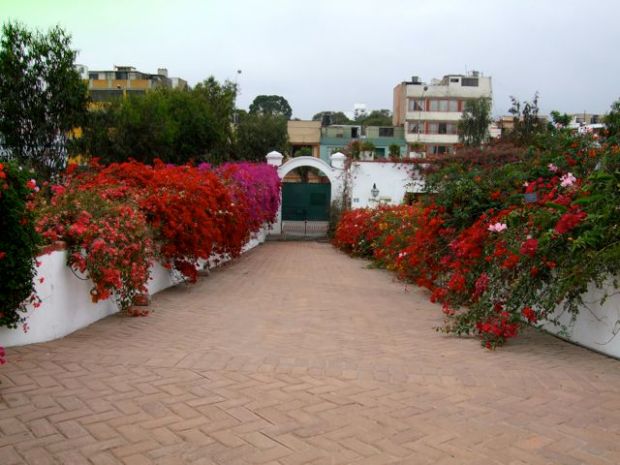 xciting news, folks! My series, “Doing Nightlife Fieldwork,” has been cross-posted by the IASPM-US blog with the title “Doing Nightlife Research.” That’s the US chapter of the International Association for the Study of Popular Music. I’m very excited to be seeing this circulating to a wider audience of popular music scholars, especially because I hope that this will prompt more of us to talk about how we do our research. Maybe there will be enough interest to generate a special issue on the topic…
xciting news, folks! My series, “Doing Nightlife Fieldwork,” has been cross-posted by the IASPM-US blog with the title “Doing Nightlife Research.” That’s the US chapter of the International Association for the Study of Popular Music. I’m very excited to be seeing this circulating to a wider audience of popular music scholars, especially because I hope that this will prompt more of us to talk about how we do our research. Maybe there will be enough interest to generate a special issue on the topic…
In any case, here are the links to the series on IASPM-US Blog:
Doing Nightlife Research I: Introduction


 eep reading, folks! This is the last installment of the series on fieldwork methodology for ethnographic research in nightlife scenes—in other words, how to study a dance music scene without getting in the way.
eep reading, folks! This is the last installment of the series on fieldwork methodology for ethnographic research in nightlife scenes—in other words, how to study a dance music scene without getting in the way. 
 uckily, I managed to find a bit of time today to write this second part to this series, so I won’t be saddled with guilt about making promises to write more on my blog and then not fulfilling them. Yay productivity! So, to review: yesterday I wrote “
uckily, I managed to find a bit of time today to write this second part to this series, so I won’t be saddled with guilt about making promises to write more on my blog and then not fulfilling them. Yay productivity! So, to review: yesterday I wrote “
 ouldn’t it be great if there were a book entitled, “How To Do Fieldwork in Nightclubs and Bars?” Certainly, when I was working on my own dissertation, I wished that other nightlife-researchers would be more open about their methods and more generous about giving advice to new ethnographers of nocturnal scenes. To be honest, a fair number of nightlife-researchers have published some details about their methods; it’s usually tucked away discreetly in an appendix or in a section of the introductory chapter. But these brief methodological reflections often lack too much detail to be instructive and—frankly—I’m not always satisfied with their solutions to the problems of nightlife fieldwork. Despite all my griping, I have been guided by the methods of some nightlife researchers, such as Fiona Buckland in her book
ouldn’t it be great if there were a book entitled, “How To Do Fieldwork in Nightclubs and Bars?” Certainly, when I was working on my own dissertation, I wished that other nightlife-researchers would be more open about their methods and more generous about giving advice to new ethnographers of nocturnal scenes. To be honest, a fair number of nightlife-researchers have published some details about their methods; it’s usually tucked away discreetly in an appendix or in a section of the introductory chapter. But these brief methodological reflections often lack too much detail to be instructive and—frankly—I’m not always satisfied with their solutions to the problems of nightlife fieldwork. Despite all my griping, I have been guided by the methods of some nightlife researchers, such as Fiona Buckland in her book